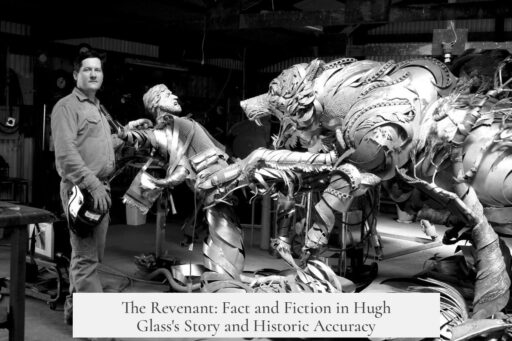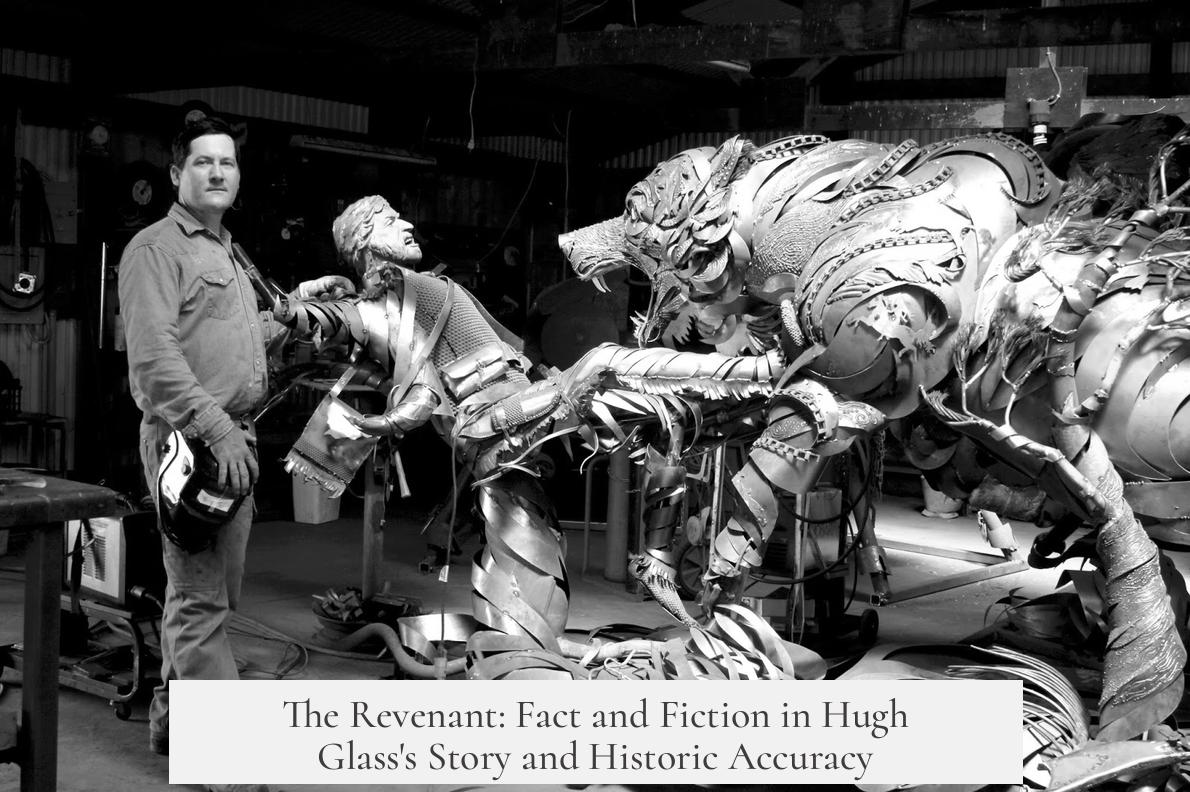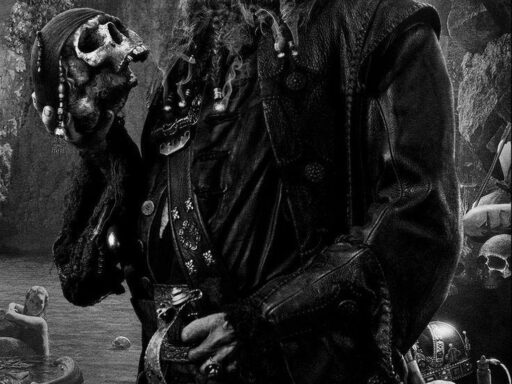“The Revenant” is more historical drama than strict history. Its portrayal of Hugh Glass and events contains many inaccuracies and embellishments according to historians and experts familiar with the fur trade era. The film’s narrative selectively adapts true elements but also introduces fictional aspects that alter the true story.
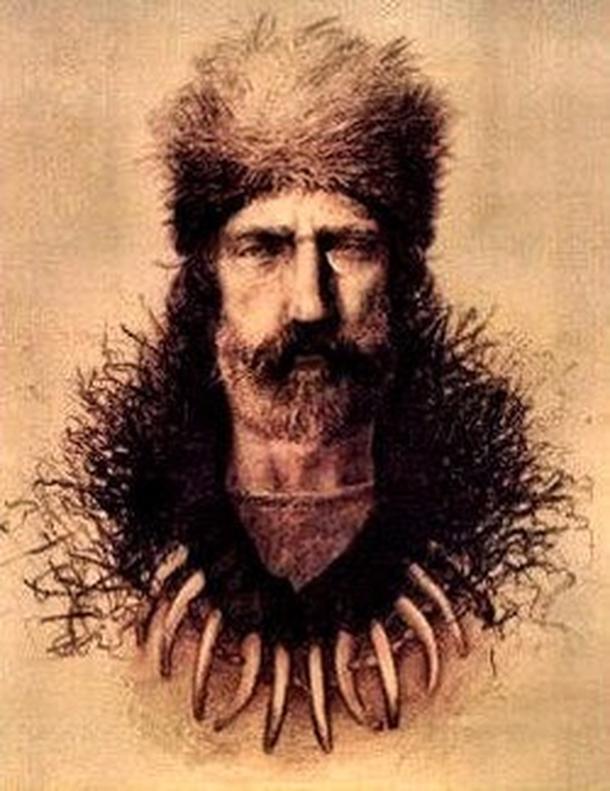
The core story revolves around Hugh Glass, a frontiersman reportedly mauled by a grizzly bear and left for dead by his companions. However, the veracity of this tale remains uncertain. The earliest accounts appear in a literary magazine called the Port Folio, but they lack corroboration from Glass himself or contemporary records. Many historians question whether the story is legendary or based on fact.
Geographically, the movie strays from reality by filming in Banff National Park in Canada, which features dense forests and mountainous terrain. Glass’s actual ordeal took place near Fort Kiowa in present-day North Dakota, an area characterized by flat plains with sparse or no trees and no mountains. This discrepancy creates a misleading sense of the landscape and survival challenges Glass faced.
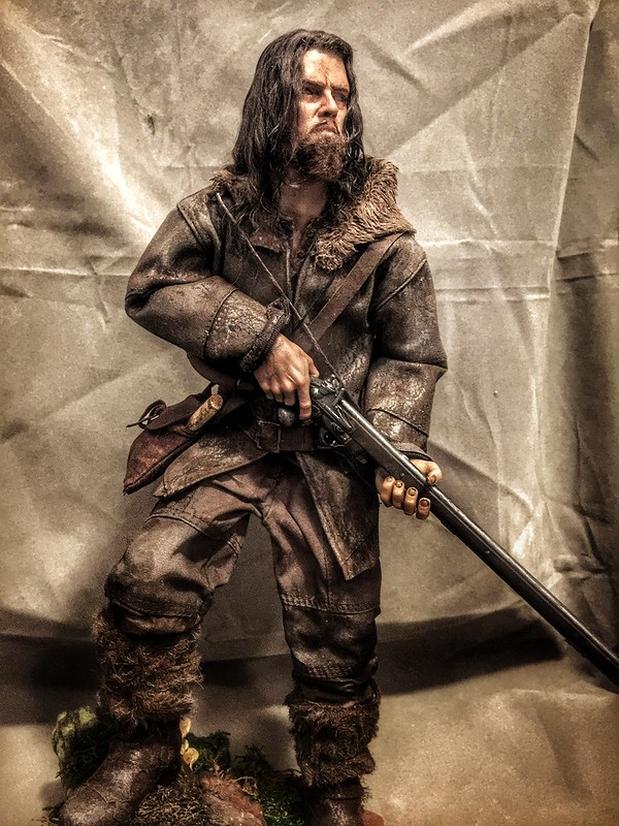
The timeline presented in the film also differs from historical data. The events surrounding Glass’s attack and journey back did not occur in winter, as shown, but rather in late spring to early summer. Records indicate the Native American attack on the trapping party happened near late May or early June, and Glass’s journey back to Fort Kiowa extended six weeks, likely concluding in mid-September to early October. The film’s winter setting enhances dramatic tension but contradicts this documented timeline.
Another significant departure is the film’s emphasis on revenge. Historically, Glass did not kill any of the men who abandoned him. He reportedly forgave them, which contradicts the movie’s narrative of brutal retaliation. The revenge theme adds emotional depth and conflict but distorts Glass’s real character and behavior.
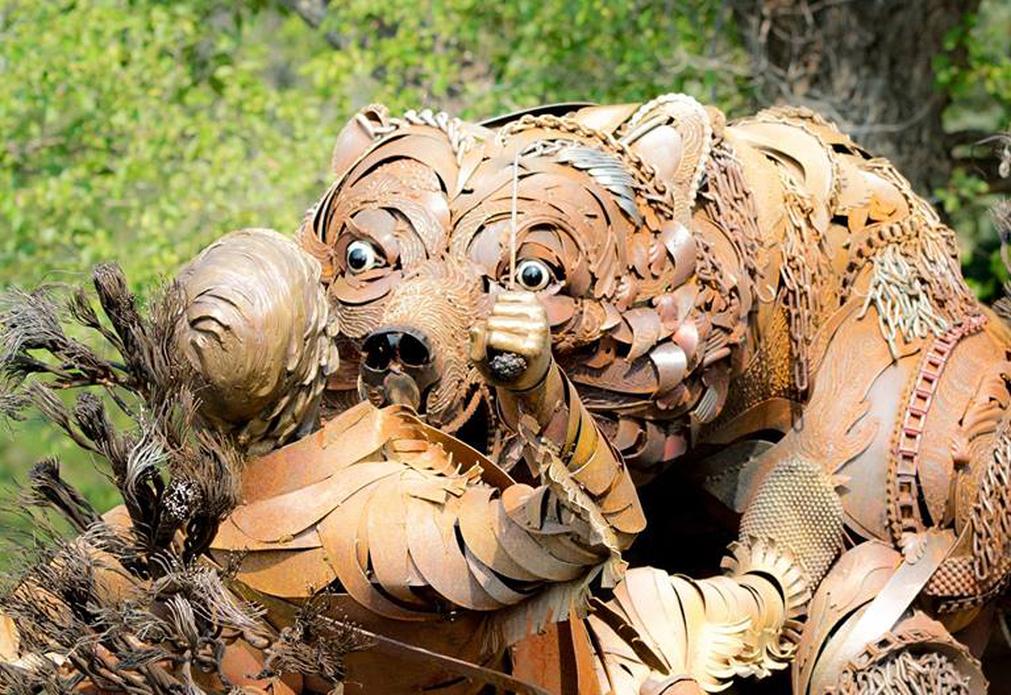
The film also fabricates aspects of Glass’s personal life. There is no evidence that he had a family, such as a wife or son, contrary to the movie’s portrayal. Much of his life story prior to the bear attack is uncertain and sometimes filled with speculative stories, including an episode where he allegedly escaped pirates by swimming to shore.
Hugh Glass’s role is also misrepresented. The movie depicts him as an experienced mountain man and guide leading others. Historical accounts suggest he was following others—particularly a figure named Henry—and not the knowledgeable leader depicted on screen.
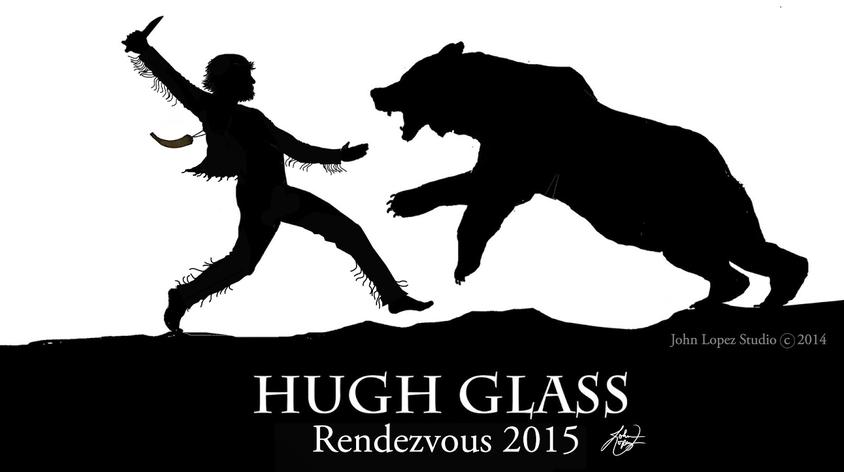
Several characterizations, especially of French Canadian trappers, are exaggerated and stereotyped. The film portrays characters like Toussaint as violent, racist, and rapists, which oversimplifies a complex social dynamic. Many French Canadian trappers cooperated and even intermarried with Native Americans, forming mixed communities known as Métis. The film also employs inaccurate accents, using Parisian French instead of the French Canadian accent native to the region.
Despite these issues, the movie captures certain authentic details. For example, scenes showing catching snowflakes on one’s tongue as a pastime are historically accurate, and the ferocity of bears reflects the dangerous wildlife of the time.
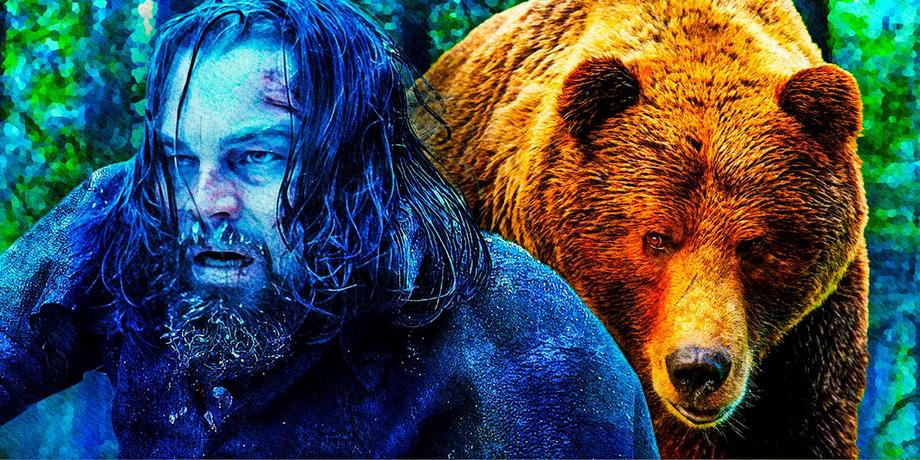
| Aspect | Accuracy | Comments |
|---|---|---|
| Hugh Glass Story Origin | Questionable | No first-person accounts; story’s truth debated |
| Geography | Inaccurate | Filmed in Canadian mountains; actual area is flat plains |
| Timeline | Discrepant | Events in spring/summer, not winter |
| Revenge Narrative | Distorted | Film dramatizes revenge; real Glass forgave |
| Personal Life | Fabricated | No evidence of family or biography elements |
| Character Depictions | Caricatured | French Canadian trappers overly negative |
| Authentic Details | Accurate | Wildlife portrayal is realistic |
“The Revenant” succeeds as an intense survival drama and vivid cinematic experience. It conveys the harshness of the American frontier and the brutality of nature. Yet, for those seeking rigorous history, it falls short. It blends fact and fiction, prioritizing story and emotion over strict adherence to historical records.
Key takeaways:
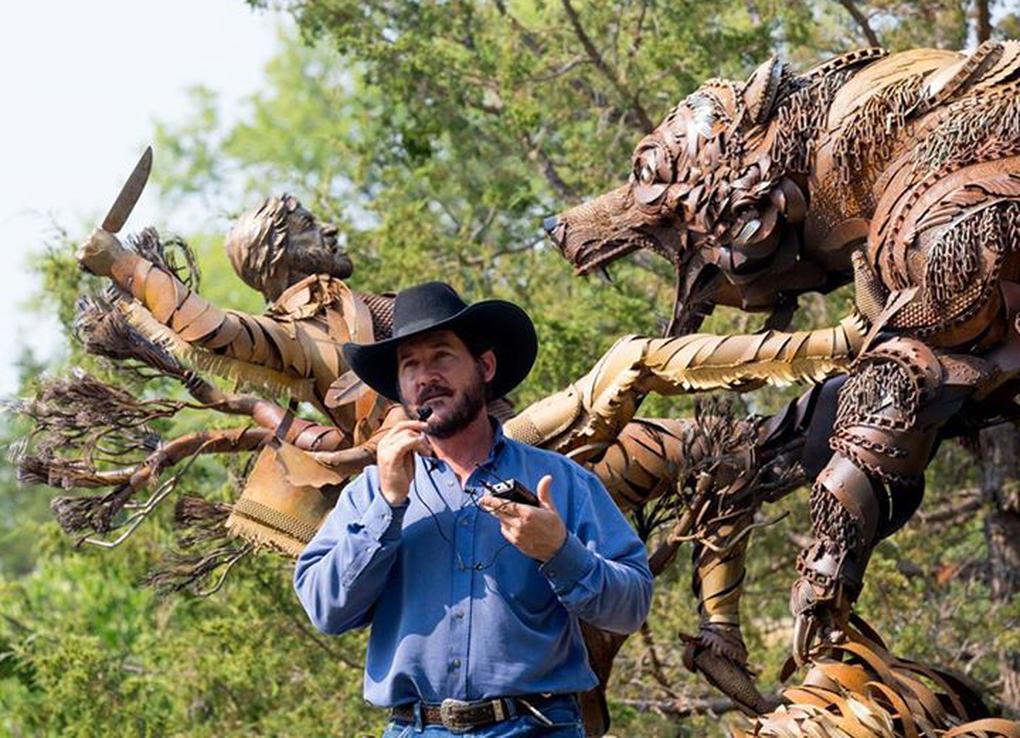
- The Hugh Glass story’s factual accuracy remains uncertain due to a lack of first-hand documentation.
- The film’s geography and timeline do not match documented historical facts.
- The revenge-driven plot contradicts historical accounts of forgiveness.
- Many personal details and character traits are fictionalized or exaggerated.
- The movie offers some authentic elements like wildlife behavior but distorts social dynamics among trappers and natives.
- “The Revenant” is best viewed as historical fiction, not a documentary.
The Revenant Historical Accuracy Opinions: Separating Fact from Fiction
The Revenant is more drama than history, with many key parts bending the truth for the sake of storytelling. While the film delivers a gripping tale, the historical accuracy of Hugh Glass’s story raises eyebrows among experts and enthusiasts alike. Let’s dig into the facts, fiction, and everything in between.
Was Hugh Glass’s Story Real or Just Tall Tales?
The origin of Hugh Glass’s famous survival saga isn’t carved in stone. The earliest record comes from an 1823 issue of Port Folio, a literary magazine. That’s right, a magazine, not a diary or firsthand account. Glass himself left no writings to verify the story’s truth.
Some historians argue the tale sounds more like a dime novel story than a verified adventure. The lack of solid first-person evidence has led many to question if the story is fact, folklore, or somewhere in the murky middle.
So, the next time you’re debating it at a party, remember: we can’t be 100% sure if Hugh Glass did survive a grizzly attack and crawl to safety the way the movie shows.
The Geography: Rocky Mountains or Flatlands?
If you watch the movie, you’ll find sweeping mountain landscapes, thick forests, and icy rivers. Beautiful—but also misleading. The real Hugh Glass roamed the High Plains of North Dakota, which is about as “mountainy” as a pancake.
In reality, the region where his grizzly attack and subsequent journey occurred is mostly flat, sparse in trees, and downright boring if mountains are your thing.
Fun fact: the filmmakers shot most scenes in Banff National Park, Canada. Gorgeous scenery, yes, but it doesn’t reflect the true geography of Glass’s adventure.
The Seasonal Mix-Up: A Summer Tale, Not Winter Survival
Oddly enough, The Revenant frames the event as a brutal winter escape, yet the actual timeline paints a different picture. Historical letters show the attack happened in late spring or early summer, around May or June.
Glass wrote a letter to the grieving family of a fallen trapping party member on June 2nd—clearly, he survived long enough to send it, six weeks after the attack. The grizzly incident is thought to have been in early August, putting his return at Fort Kiowa somewhere between mid-September and early October.
This timeline means no frigid, snow-filled survival drama—it was more a warm-weather ordeal than the icy nightmare portrayed.
Revenge or Forgiveness: The Real Hugh Glass?
The movie loves a good revenge arc, but the truth suggests Glass might have been a bigger man. Historical accounts say no one died at his hands, and he chose forgiveness over retribution.
While revenge makes for a thrilling story, forgiveness is often less cinematic. This creative liberty alters the character’s true nature but sure cranks up the tension on screen.
Did Hugh Glass Have a Family?
The film adds emotional layers by showing Glass as a devoted father. In reality, no records point to him having a wife or children. The rugged frontiersman’s earlier life holds more mystery than fact, with tales of pirate capture and daring escapes floating around.
So, some family drama and background were clearly invented to enrich the storytelling experience.
Who was Leading the Expedition?
You might picture Hugh Glass as a scouting mountain man, leading the charge. Not so fast. He actually followed the expedition’s leader, Captain Henry. Glass wasn’t a seasoned guide, but rather a member of the group, taking orders from the head honcho.
That puts a little damper on the “lone wilderness expert” image.
French Canadian Trappers: Villains or Misunderstood?
The depiction of Toussaint and his fellow French Canadian trappers is, frankly, a bit over the top. The movie paints them as violent, racist, and ruthless, but history suggests they were more nuanced.
Many French Canadians allied with Native tribes and helped develop mixed societies like the Métis. Being alone in the wilderness, cooperation rather than conflict made more sense. Plus, their accents in the film sound Parisian, not true French Canadian.
That’s some dramatic license rather than historical respect.
What Did the Movie Get Right?
Amid the twists and turns, The Revenant nails a couple of small but true details. For example, catching snowflakes on your tongue as a simple joy? Spot on. Also, the infamous ferocity of bears is well-depicted—historic bears really were as nasty as the movie shows.
These little truths add texture and authenticity in an otherwise creative tale.
So, How Accurate is The Revenant?
Overall, the movie is better classified as a historical drama—not a documentary. It draws on real names and places, but stretches storylines, geography, and timelines to keep audiences hooked.
For those hungry for factual history, it’s wise to dig a little deeper than the silver screen. However, as a gripping film that captures the spirit of survival and the wild frontier, it excels.
Why Does Historical Accuracy Matter Anyway?
Good question! The trick with stories like The Revenant is balancing entertainment with truth. Do audiences want pure fact, or a vivid story that sparks curiosity?
Maybe it’s best if films inspire us to learn more, rather than serve as final word on history. Are you left curious to read about Hugh Glass beyond the movie after this?
In the end, The Revenant captures a rugged, brutal period with flair but reminds us that not all that glitters on screen is gold-flecked history.
